Full Automatic Constant Pressure Variable Frequency Water Supply Equipment is a new generation of hi...
See DetailsHorizontal Centrifugal Pumps: Powering Core Infrastructure in Modern Industry
Industry News-In the dynamic world of fluid transfer, few machines are as fundamental and widely used as the Horizontal Centrifugal Pump. With its robust construction, efficient hydraulic performance, and adaptability across a wide range of industries, the horizontal centrifugal pump remains a cornerstone in industrial infrastructure, municipal utilities, and commercial operations. As demand for reliable and cost-effective pumping solutions rises globally, this tried-and-true technology continues to evolve and play a central role in meeting modern pumping requirements.
Understanding the Horizontal Centrifugal Pump
A Horizontal Centrifugal Pump is designed with a horizontally mounted motor and pump shaft, typically using one or more impellers to convert rotational energy from a motor into kinetic energy that moves fluid through a system. Unlike vertical models, horizontal pumps are more accessible for maintenance and better suited for applications with stable foundation conditions.
Its modular design, straightforward operation, and scalability make it a solution for transferring water, chemicals, and other low-viscosity fluids across a wide range of operating conditions. This adaptability is a key reason why the horizontal centrifugal pump remains a backbone technology in both legacy and modern infrastructure systems.
Engineering Benefits and Core Advantages
The horizontal centrifugal pump offers a series of engineering advantages that make it particularly suitable for large-scale and high-duty applications:
Ease of Installation and Maintenance: The horizontal layout allows for quick access to internal components such as seals, bearings, and impellers, simplifying routine maintenance and reducing system downtime.
Broad Flow and Head Range: Whether handling high-volume municipal water or moderate-flow industrial fluids, these pumps are available in a wide range of sizes and capacities.
Versatile Mounting Configurations: With flexible coupling arrangements and motor placements, horizontal pumps can be adapted to suit specific system layouts without the complexity of custom engineering.
Stable Operation: The low center of gravity and direct coupling to motors help reduce vibration and noise during operation.
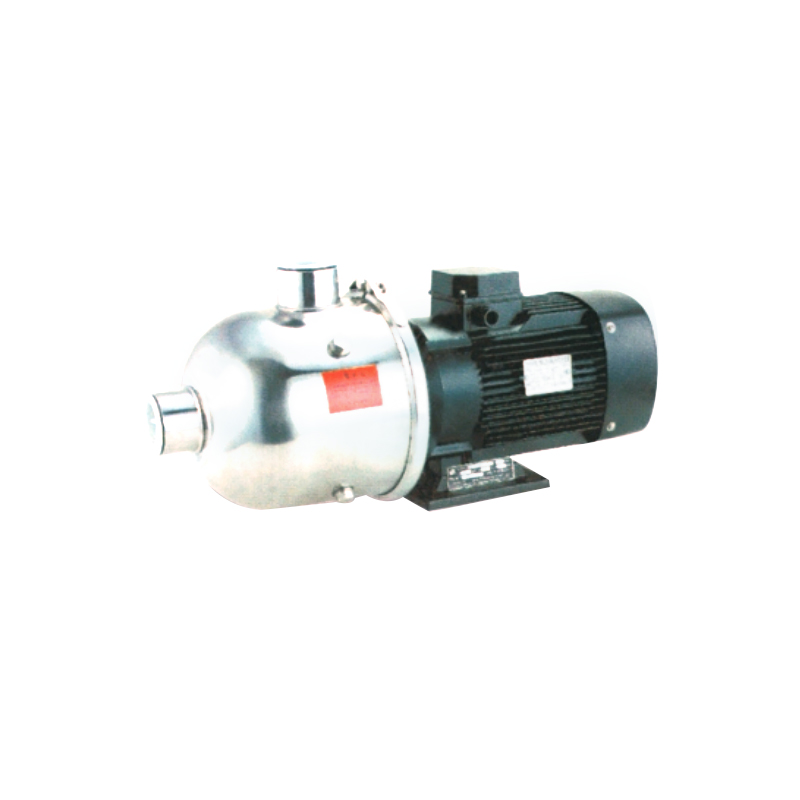
Durability: Heavy-duty casings and wear-resistant internal components ensure long service life, even in continuous-duty or abrasive service conditions.
Applications Across Critical Sectors
The horizontal centrifugal pump’s reputation as a reliable workhorse is built on its ability to serve diverse applications with consistency:
Municipal Water Supply: Horizontal centrifugal pumps are commonly used in intake stations, booster stations, and water treatment plants to move large volumes of water with consistent flow.
Industrial Processing: In manufacturing sectors like chemical, pharmaceutical, pulp and paper, and textile production, these pumps handle everything from raw material mixing to wastewater discharge.
HVAC and Building Services: Chilled water circulation, boiler feed systems, and pressure boosting in commercial buildings often rely on horizontal centrifugal designs for dependable performance.
Irrigation and Agriculture: Farmers and irrigation districts use these pumps to transport water over large tracts of land, taking advantage of their high efficiency and durability.
Mining and Power Generation: These sectors rely on horizontal centrifugal pumps to handle slurry transport, cooling water circulation, and ash handling, where rugged construction is essential.
Innovations and Digital Integration
Although horizontal centrifugal pumps are rooted in a well-established design, ongoing innovation continues to push their capabilities and efficiency to new levels:
Energy-Efficient Impellers: Advanced impeller designs, such as double-suction or open-vane configurations, improve hydraulic performance while power consumption.
Digital Monitoring Systems: Many pumps are now outfitted with smart sensors that monitor temperature, pressure, and vibration. These systems help predict failures and optimize maintenance schedules.
Variable Frequency Drives (VFDs): Integration with VFDs enables dynamic speed control, reducing energy usage and extending equipment life under varying flow demands.
Corrosion-Resistant Materials: New alloys and coatings—such as duplex stainless steel or ceramic-lined interiors—expand pump life when handling corrosive or abrasive fluids.
Compact Skid Systems: Many OEMs now provide horizontal centrifugal pumps pre-mounted on skids with piping, valves, and controls, streamlining installation and reducing field labor.


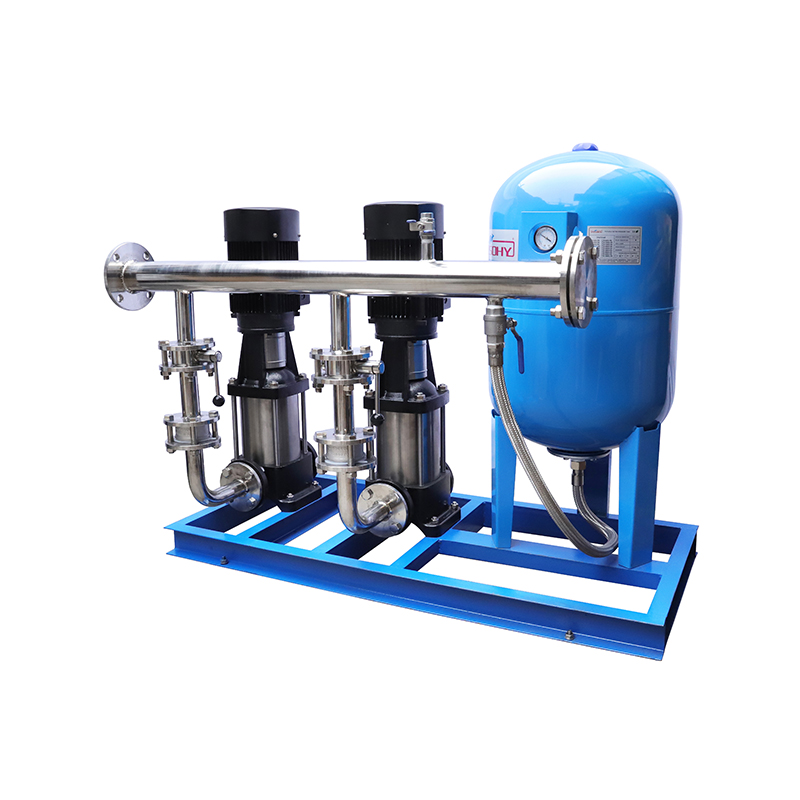
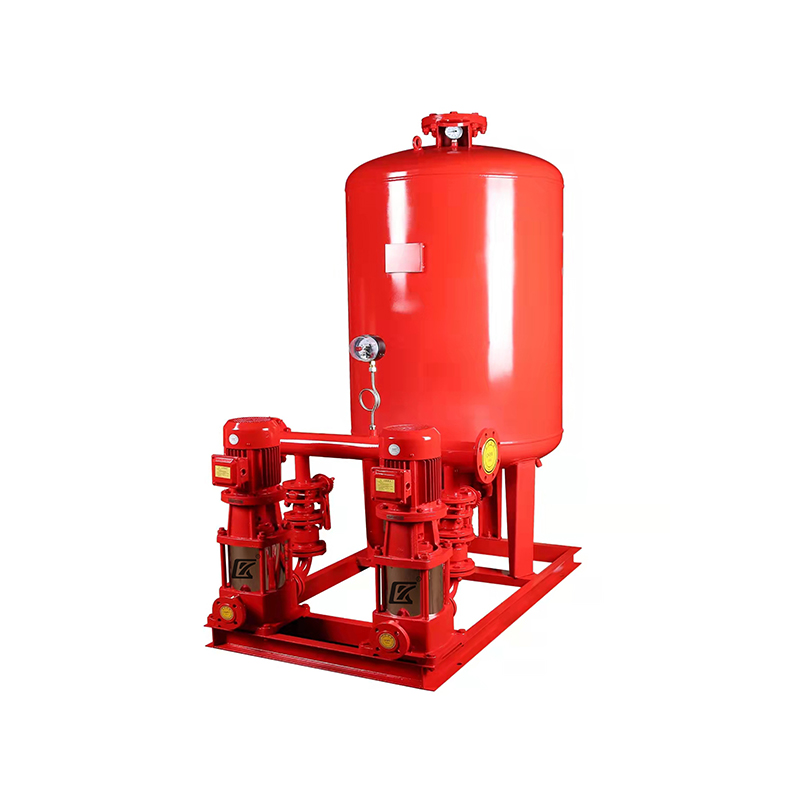
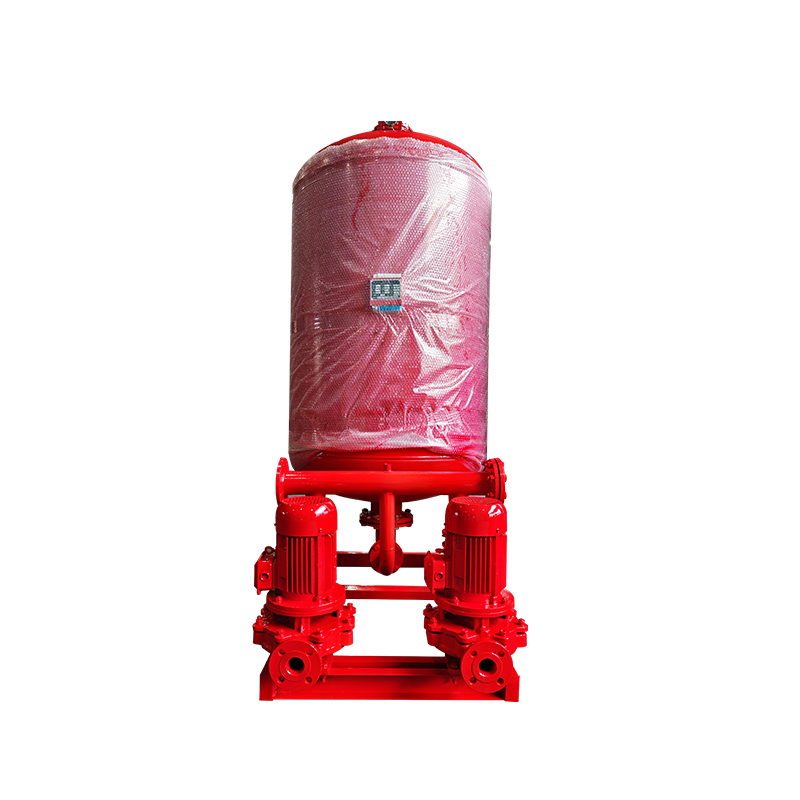

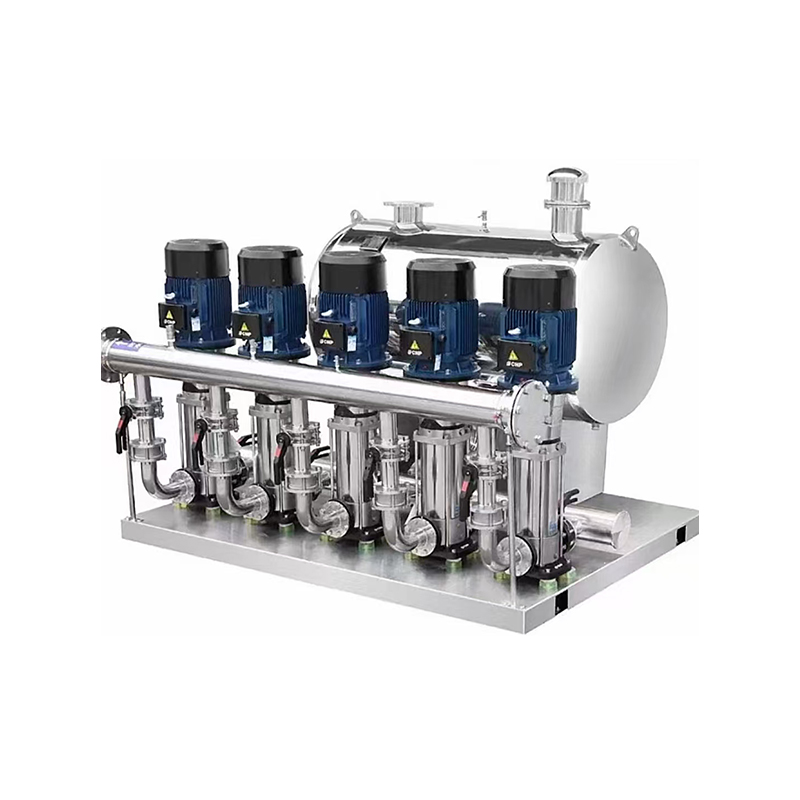
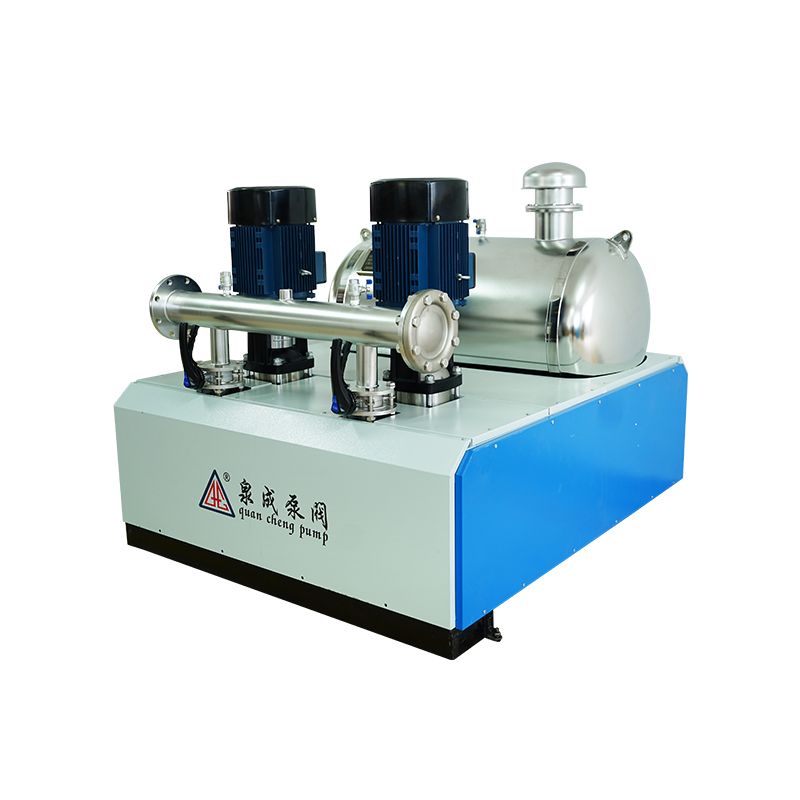
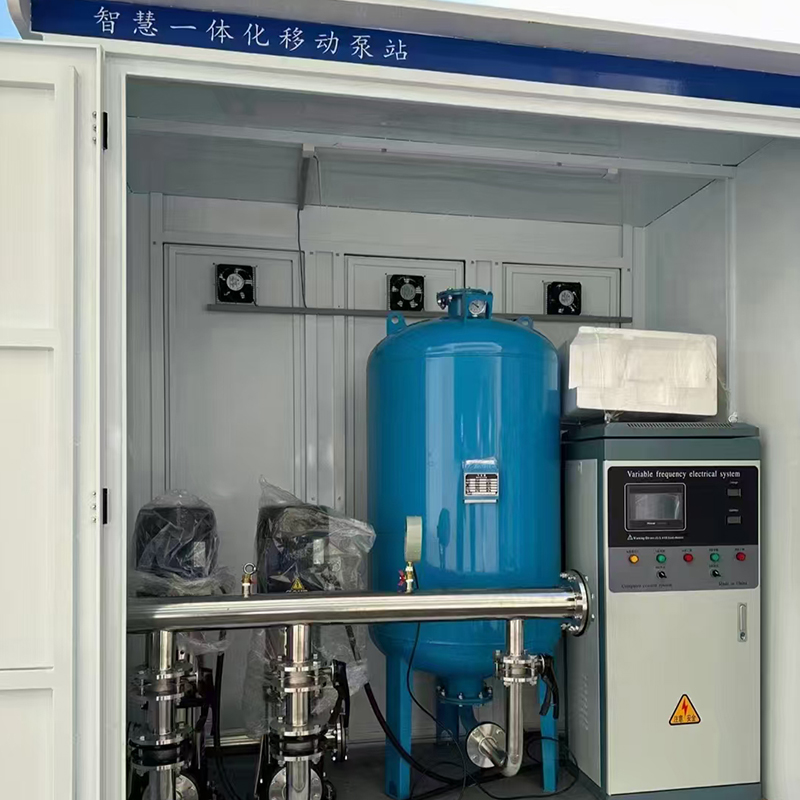

 浙公网安备33032402001888号
浙公网安备33032402001888号
